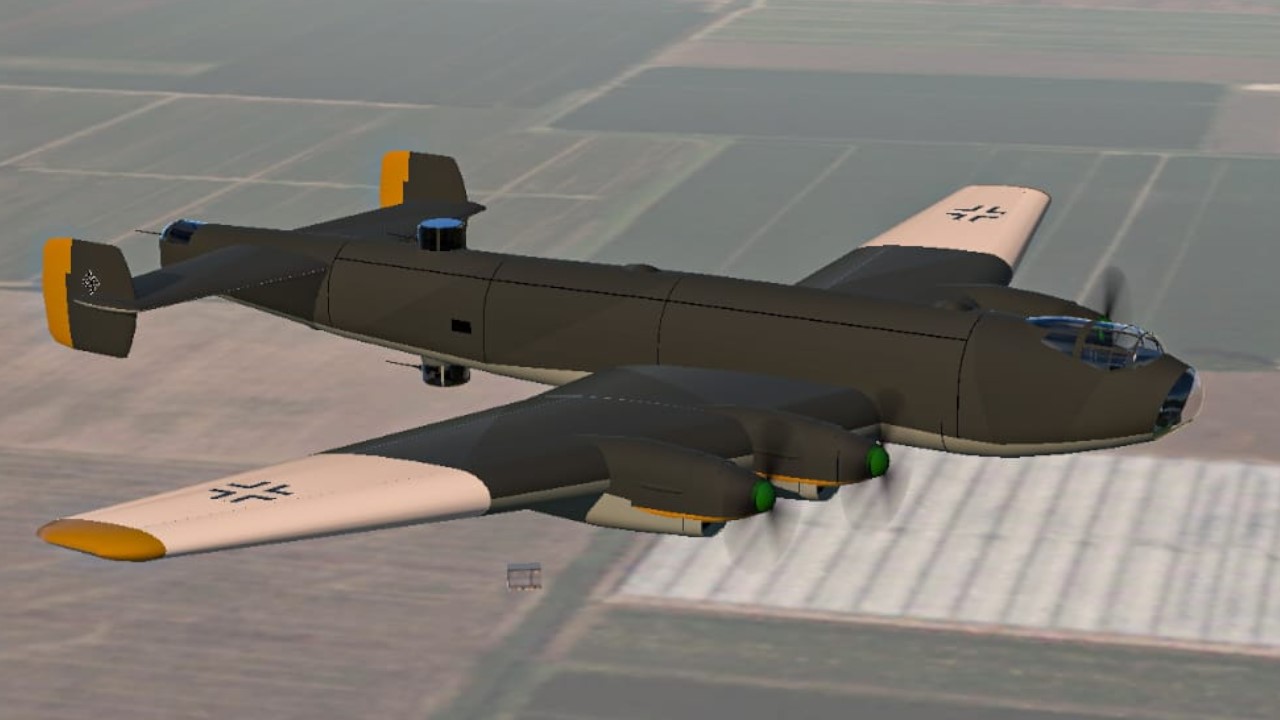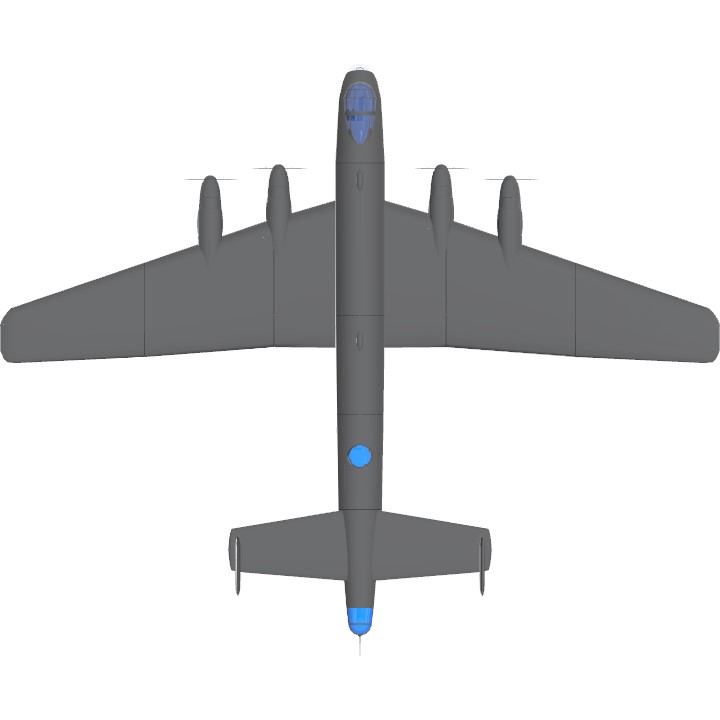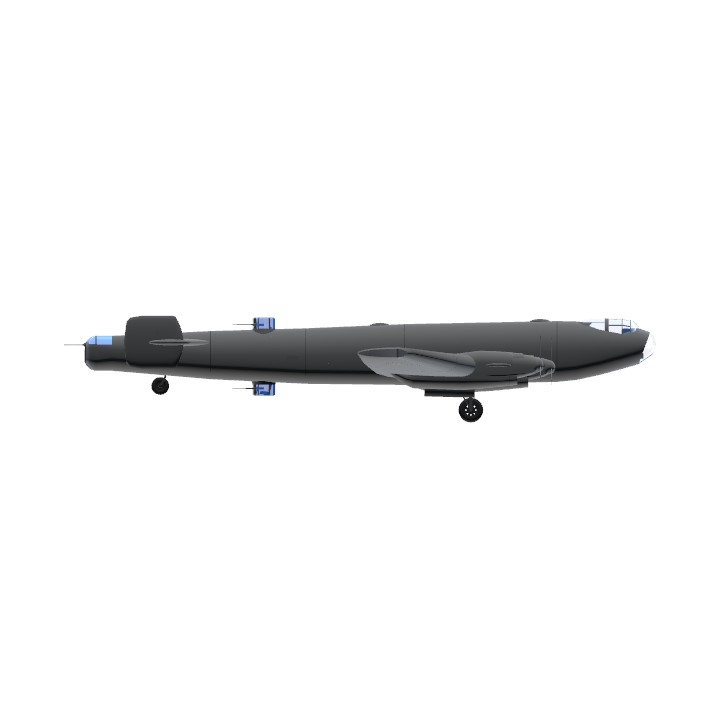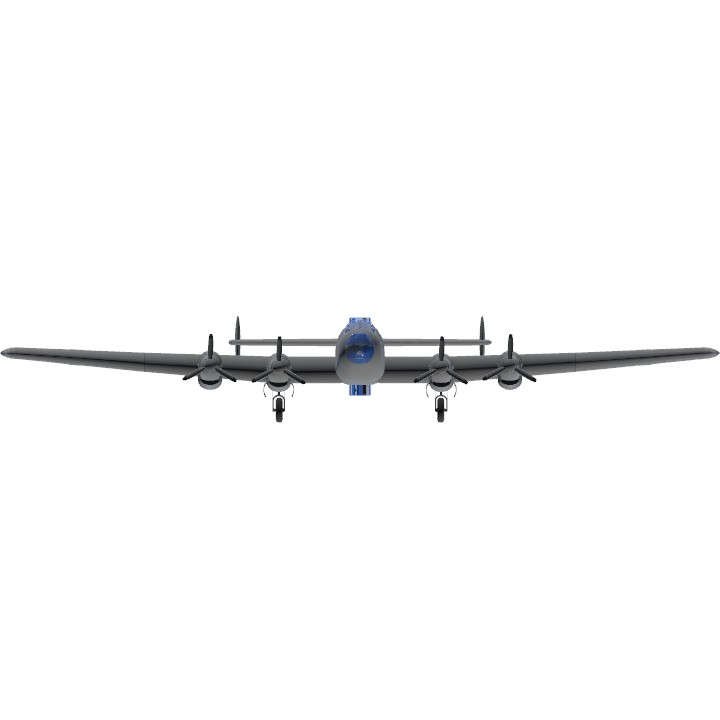The Junkers Ju 89 was a heavy bomber developed for the Luftwaffe during World War II. The project was abandoned before the plane was produced, but some of its design elements were incorporated into other Junkers planes.
From the very beginnings of the Luftwaffe in 1933, General Walther Wever, the chief of staff, realised the importance that strategic bombing would play in any future conflict. A Langstrecken-Grossbomber ("long-range big bomber") was needed to fulfill this role.
Under the Ural bomber programme, he began secret talks with two of Nazi Germany's leading aircraft manufacturers - Dornier and Junkers - requesting designs for a long-range bomber. The two companies responded with the Dornier Do 19 and the Junkers Ju 89, respectively, and the Reichsluftfahrtministerium (RLM) ordered prototypes for both aircraft in 1935. The RLM request asked for two prototypes and a prototype series of nine aircraft.
Designed to carry up to 4 tons of bombs, it could travel at a maximum speed of 430km, as it had 4 DB-600 in-line engines, the same as the Bf-109 in its first production versions, with a maximum power of 1000hp each.
CONTROLLING THE BOMBER:
Hull control: Pitch+Roll
TurretS control: manual
Specifications
Spotlights
- Nerfaddict 3 months ago
- Apollo018362 3 months ago
General Characteristics
- Predecessor Junker ju-89 A1
- Created On Windows
- Wingspan 103.2ft (31.5m)
- Length 85.0ft (25.9m)
- Height 17.9ft (5.5m)
- Empty Weight 37,242lbs (16,893kg)
- Loaded Weight 41,132lbs (18,657kg)
Performance
- Horse Power/Weight Ratio 0.097
- Wing Loading 23.9lbs/ft2 (116.9kg/m2)
- Wing Area 1,718.2ft2 (159.6m2)
- Drag Points 7833
Parts
- Number of Parts 566
- Control Surfaces 5
- Performance Cost 2,366








@DEUTSCH compreendo
@FOXDylan1553fk tá no rabo da tua mãe, eu fasso oque eu quero na hora que eu quiser, cara chato meu
Eu vi o Ju 89 e a câmera da dorsal não fica dentro do cockpit do atirador da dorsal deixa a câmera da dorsal no cockpit do atirador no do-17 e-1 pfvr
E o meu dornier do17 e-1 mn
Gorgeous
PEAK
@DynamicHorizon valeu
@DEUTSCH boa bulid
Bombah
Phat
@Nerfaddict thanks
Nice